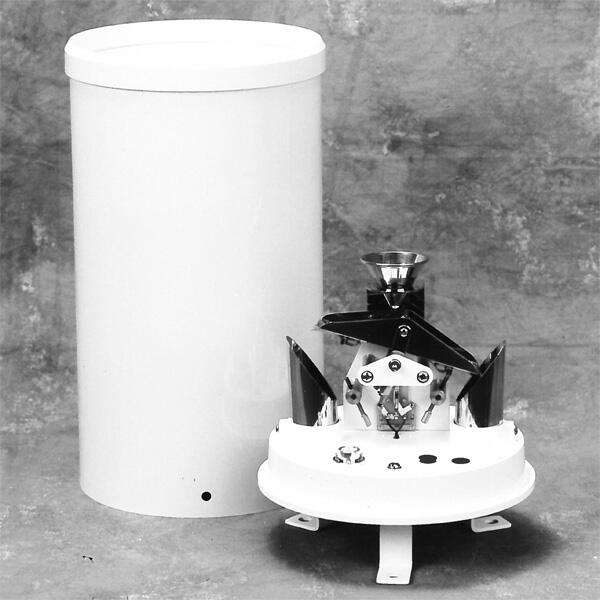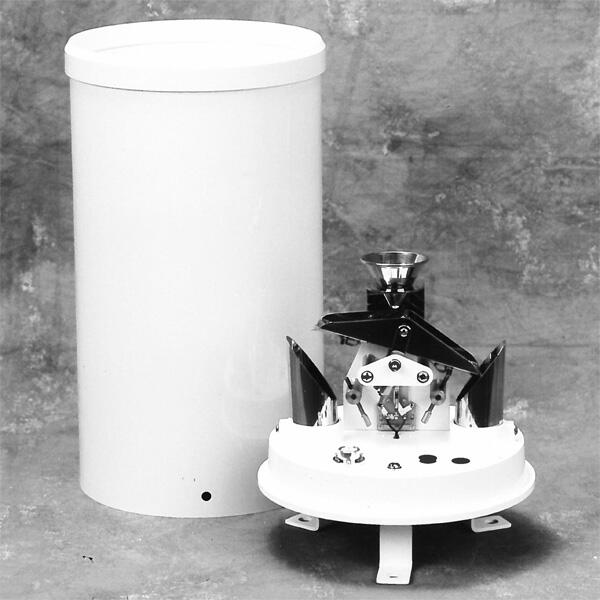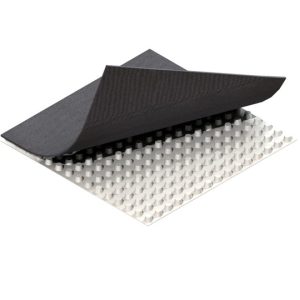
# Rain Gauge Description: Types, Uses, and Measurement Techniques
A rain gauge is an essential meteorological instrument used to measure the amount of precipitation over a specific period. It plays a crucial role in weather forecasting, agriculture, hydrology, and climate studies. This article explores the different types of rain gauges, their uses, and the techniques employed to measure rainfall accurately.
## Types of Rain Gauges
Rain gauges come in various designs, each suited for specific applications. Below are the most common types:
### 1. Standard Rain Gauge
The standard rain gauge, also known as the manual rain gauge, consists of a funnel that directs rainwater into a graduated cylinder. The collected water is measured manually using a ruler or marked scale. This type is widely used due to its simplicity and reliability.
### 2. Tipping Bucket Rain Gauge
The tipping bucket rain gauge is an automated device that uses a small bucket mechanism to measure rainfall. When a specific amount of water fills one bucket, it tips, and the other bucket takes its place. Each tip is recorded electronically, providing real-time data.
### 3. Weighing Rain Gauge
A weighing rain gauge measures precipitation by weighing the collected water. As rain falls into a container, the weight increases, and the change is recorded. This type is particularly useful for measuring snowfall and other forms of solid precipitation.
### 4. Optical Rain Gauge
Optical rain gauges use light beams to detect and measure rainfall. When raindrops pass through the beam, they scatter the light, and the intensity of scattering is used to calculate the rainfall rate. These gauges are often used in remote or automated weather stations.
## Uses of Rain Gauges
Rain gauges serve a variety of purposes across different fields:
### 1. Weather Forecasting
Meteorologists rely on rain gauges to collect data for weather predictions. Accurate rainfall measurements help in understanding weather patterns and issuing timely warnings for severe weather events.
### 2. Agriculture
Farmers use rain gauges to monitor precipitation levels, which is critical for irrigation planning and crop management. Knowing the amount of rainfall helps optimize water usage and improve crop yields.
### 3. Hydrology
Hydrologists use rain gauges to study water cycles, river flow, and flood risks. Rainfall data is essential for managing water resources and designing flood control systems.
### 4. Climate Studies
Rain gauges provide long-term precipitation data, which is vital for climate research. This information helps scientists analyze trends and understand the impacts of climate change.
## Measurement Techniques
Accurate rainfall measurement requires proper techniques and calibration. Here are some key considerations:
### 1. Placement
Rain gauges should be placed in open areas, away from obstructions like trees or buildings, to ensure accurate measurements. The gauge should be level and positioned at a standard height above the ground.
### 2. Calibration
Regular calibration is necessary to maintain the accuracy of rain gauges. This involves comparing the gauge’s readings with a known standard and making adjustments if needed.
### 3. Data Collection
For manual rain gauges, readings should be taken at consistent intervals, typically daily. Automated gauges transmit data electronically, allowing for continuous monitoring.
### 4. Maintenance
Keeping the rain gauge clean and free of debris is essential for accurate measurements. Regular inspections and maintenance ensure the device functions correctly over time.
In conclusion, rain gauges are indispensable tools for measuring precipitation and understanding its impact on various aspects of life. By choosing the right type of gauge and following proper measurement techniques, accurate and reliable data can be obtained for a wide range of applications.
Keyword: rain gauge description

